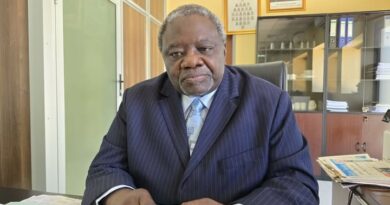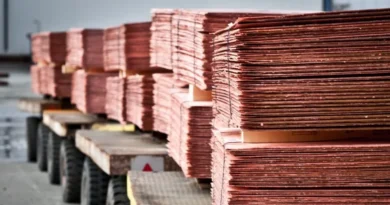Zambia’s Feeder and Trunk Roads, Driving Transformative Progress
Zambia is undergoing a profound transformation in its road infrastructure landscape, marking a new era of national connectivity, trade facilitation, and rural access.
The government’s ongoing investment in both trunk and feeder roads — including the Lusaka–Ndola Dual Carriageway, Mutanda–Kaoma, Chinsali–Nakonde, and Chipata–Chadiza routes — is significantly reshaping the country’s economic outlook by improving corridors for both passenger travel and trade logistics.
Through Public-Private Partnerships, bilateral support, and strategic public financing models, Zambia is upgrading over 3,000 kilometers of roads across the country. These upgrades span key inter-provincial highways, border links, and rural feeder roads, all aimed at ensuring smoother and more reliable transportation.
These efforts are not only reducing travel times and transportation costs, but also improving the movement of goods and services, enhancing regional trade competitiveness, fostering trans-African trade links, and connecting farmers and remote communities to local and regional markets.
This unprecedented infrastructure drive is laying the groundwork for inclusive economic development by supporting agriculture, mining, tourism, and trade while creating approximately 12,000 jobs and improving road safety.
Feeder roads, particularly in Northern, Eastern, and Central Provinces, are unlocking rural economies and connecting underserved areas to national growth centers.
By investing in roads, Zambia is investing in its future building the physical foundation and economic pipeline for industrialization, export growth, and shared prosperity.



